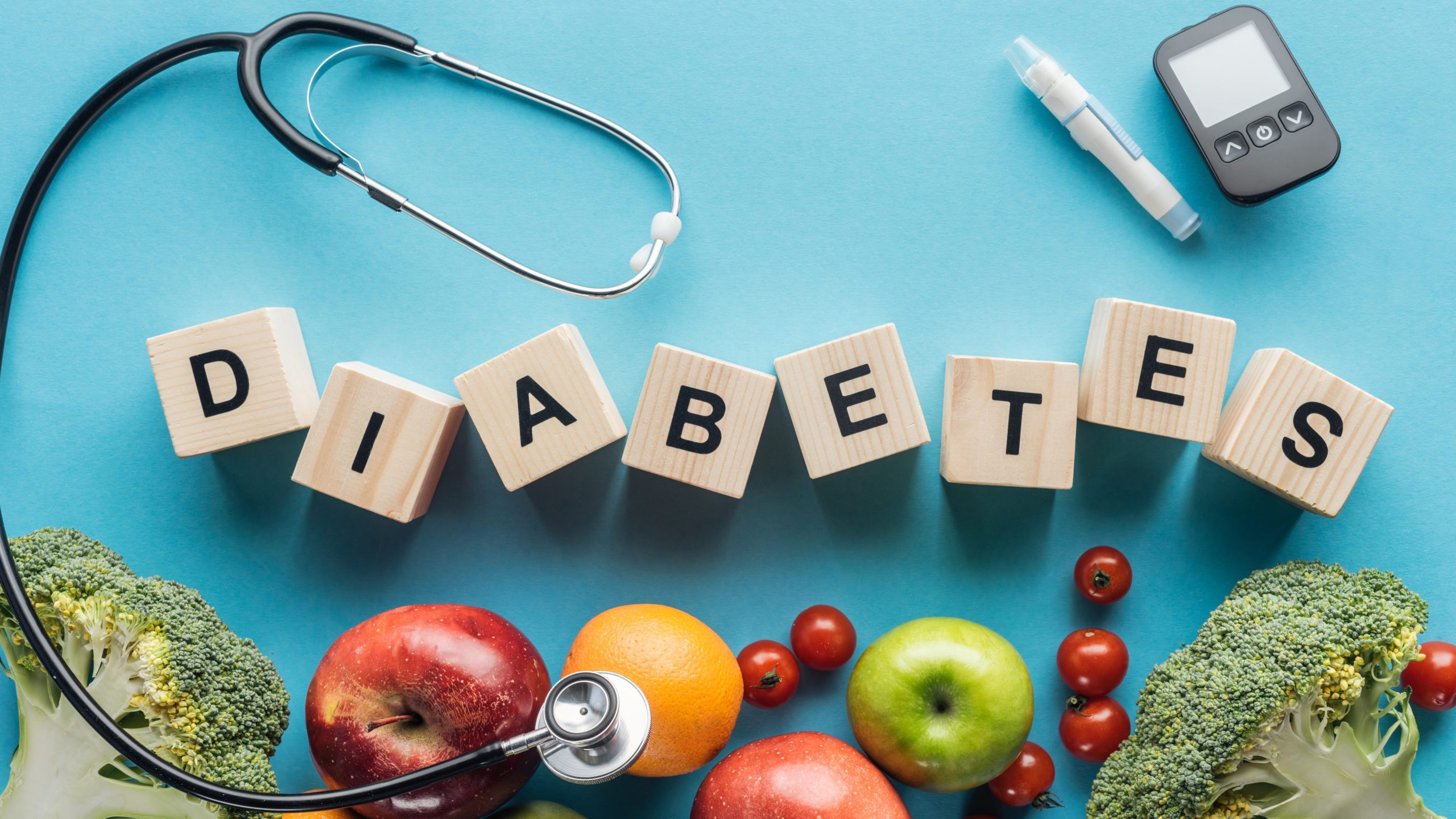Type 1 diabetes is a serious condition when your blood sugar level is too high because your body is not able to make a hormone called insulin. The exact cause of this disorder is unknown. It is thought that an autoimmune reaction (a process when the immune system attacks your own cells) destroys the cells in the pancreas called beta cells that make insulin. It can happen over several months or years before any symptoms appear.
Some people have specific genes that make them more likely to have type 1 diabetes, though many of them will not develop it. Environmental triggers, such as a virus, are also thought to play a role in developing type 1 diabetes. But factors like diet and lifestyle habits are not a cause of the condition.
When you have type 1 diabetes, your body still breaks down carbohydrates from the food and drinks you consume and turns them into glucose. But when the glucose is in your bloodstream, it cannot further enter your cells because insulin is not present. Consequently, glucose builds up in the bloodstream, raising blood sugar levels which can lead to:
· Dehydration. Extra sugar in the blood causes more frequent urination. That is how your body is trying to get rid of it. Therefore, you lose a lot of water, causing your body to dry out.
· Weight loss. The glucose that goes out during urination takes calories with it. It makes many people with high blood sugar lose weight. In addition, dehydration also plays its role.
· Diabetic ketoacidosis. If your body is not able to get enough glucose for energy, it breaks down fat cells instead. This process creates chemicals called ketones. On top of that, your liver releases stored sugar, but your body cannot use it without insulin. Hence, it builds up in your blood, along with the acidic ketones. Such a mix of extra glucose, dehydration, and acid buildup is known as ketoacidosis. It can be life-threatening if not treated immediately.
· Damage to your body. Over time, high sugar levels in your blood can start damaging the nerves and small blood vessels in the kidneys, heart, and eyes. It also raises a risk of developing atherosclerosis (hardened arteries), leading to heart attacks and strokes.
Common symptoms and signs of type 1 diabetes include:
· thirst
· frequent urination
· unintended weight loss
· extreme hunger
· irritability and other mood changes
· fatigue and weakness
· blurred vision
There are no known ways to prevent type 1 diabetes. However, patients with this condition can live long, relatively healthy lives. To do so, they have to keep track of their blood sugar levels and manage their insulin, food, and activities as necessary.
More details:
Prediabetes and measures of prophylaxis
Differences between type 1 and type 2 diabetes
Causes, mechanisms of the disease development and symptoms (Diabetes mellitus type 2)
















Leave a Reply
You must be logged in to post a comment.